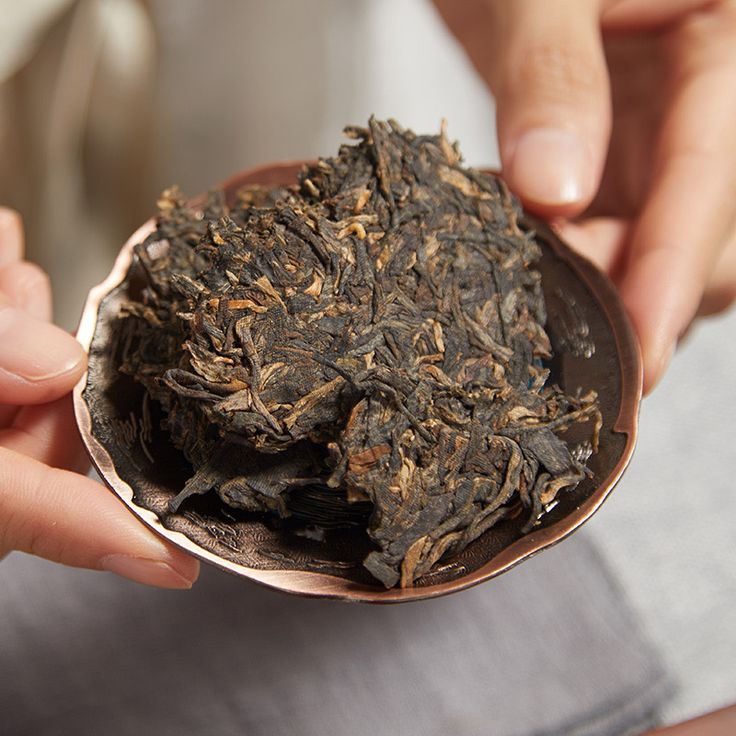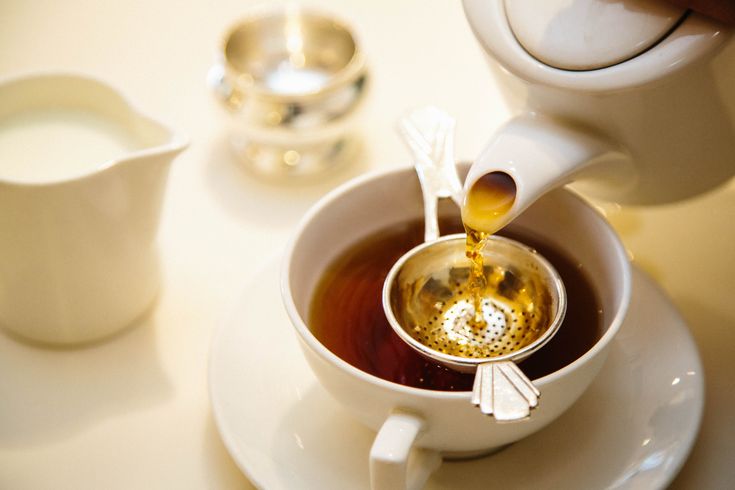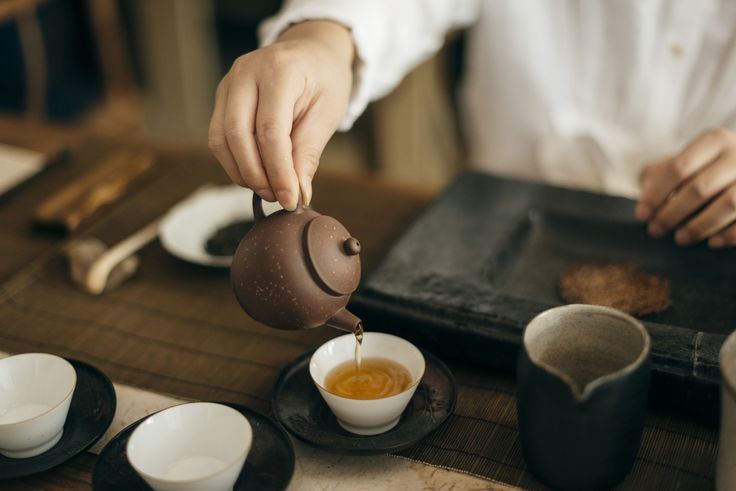‘Taste the true flavour, count the mellow love of white tea: unveiling the seven Steps Of Correctly Brewing White Tea, savouring the fresh and sweet aftertaste’
Exploring the origins and characteristics of white tea

White tea, as one of the traditional Chinese teas, has a long historical origin. Its origin can be traced back to the Tang Dynasty, when the production of white tea began in the region centred on Fuding, Fujian. Due to its special production process, white tea retains the original colour and aroma of the tea leaves, and is therefore highly favoured. The history of white tea is also a history of Chinese tea culture. From the development of the Tang and Song dynasties to the heyday of the Ming and Qing dynasties, white tea has always been a tribute to the royal family and the favourite of the literati. It is not only a beverage, but also a cultural symbol, representing a deep historical heritage. However, the most striking thing about white tea is its unique fresh and sweet taste. Compared with other types of tea, white tea is less processed, and the freshness and sweetness of the tea leaves are retained intact, emitting a light and fresh aroma of flowers and fruits, which is memorable.
Prepare the necessary tools for making tea
In addition to choosing the best quality white tea, the right tea making equipment is also crucial. The first is the teapot, choose the purple sand pot or glass pot suitable for brewing white tea, can effectively retain the fresh aroma of tea soup. Next is the teacup, it is best to use white porcelain cups or glass cups, so that you can clearly observe the unfolding of the tea leaves and the colour of the tea broth. In addition, tea trays, teaspoons and other auxiliary tools are also indispensable, they can help us more convenient to enjoy the fun of making tea.

When preparing these tools, it is important to keep the utensils clean and dry. Teapots and teacups need to be rinsed in advance with warm water to remove any impurities and odours that may remain, and dried with a clean towel. Tea trays also need to be cleaned and made sure the surface is dry so as not to affect the hygiene and quality of the tea when brewing.
Initial preparation: choosing the water source and temperature
The first step in making tea is to choose the right water source and temperature. Firstly, make sure that the water source used is clean, odourless tap water or filtered pure water, avoid using water sources that contain impurities or odours to ensure that the tea soup tastes pure. Secondly, controlling the temperature of the water is also crucial. White tea is a lightly fermented tea, and the right water temperature can stimulate the aroma and flavour of the tea. Generally speaking, white tea is recommended to use a water temperature of about 85°C to 90°C. Too high or too low will affect the quality of the tea broth, so it should be adjusted according to the specific situation.
Tea in the pot: water filling techniques in detail
The second step of tea brewing is to put in the white tea leaves and fill the pot with water. This step requires some skills to ensure the tea leaves are fully unfolded and extracted. Firstly, it is important to choose the right amount of white tea leaves to put into the teapot. Generally speaking, each person needs about 3 grams to 5 grams of tea leaves for each brewing, and the specific amount can be adjusted according to personal taste and the size of the tea set. Next, pay attention to the speed and angle of the water flow. Water flow is too fast or too slow will affect the unfolding and extraction of tea leaves, it is best to be a fine stream, even water into the teapot, so as not to be too violent impact on the tea leaves, affecting the taste and aroma of the tea broth.
Time control: the key to the aroma of white tea
The third step of tea brewing is to control the brewing time, which is crucial to the taste and aroma of white tea. The length of the brewing time directly affects the strength and flavour of the tea broth, so it needs to be grasped reasonably. Generally speaking, the time of steeping white tea is controlled between 3 minutes to 5 minutes is more appropriate, too short will lead to thin tea flavour, too long will make the tea soup is too thick, affecting the taste. However, the brewing time can also be adjusted according to personal taste, like light taste can be slightly shortened brewing time, and like thick taste can be slightly extended brewing time.

Aroma: savour the fragrance of white tea
The fourth step of tea brewing is to enjoy the aroma of white tea, which is crucial. The aroma of white tea is an important reflection of its quality and an important part of savouring the tea broth. During the steeping process, the tea leaves gradually unfold to release their fresh aroma, while the tea broth gives off a stronger and stronger aroma. These aromas are the result of the volatilisation of the aromatic substances contained in the tea leaves in the water, which can bring people a pleasant sensory experience.
Taste the mellow aroma: the sweet aftertaste of white tea
The fifth step of tea brewing is to savour the sweetness of white tea, which requires us to master some tea tasting techniques and methods. Firstly, you should choose the right posture for tea tasting, and generally you can use the cup to cover your nose in order to feel the aroma of the tea better. Next, when tasting tea, we should savour the taste of the tea broth, including the sweetness, smoothness and moistness of the tea broth. At the same time, we should also pay attention to the colour and transparency of the tea broth, as well as the unfolding of the tea leaves, which can provide us with an important reference for tea tasting.
Enjoying the aroma of tea: the seven-step tea brewing experience
Through the meticulous operation of the above seven steps, we can enjoy the wonderful experience brought by white tea. The correct brewing procedure not only ensures the taste and aroma of the tea, but also respects and embodies the essence of white tea. In the process of tasting tea, we are not only savouring a beverage, but also feeling an attitude of life. The beauty of tea tasting not only lies in the aroma of the tea broth, but also in the emotion and satisfaction of savouring it with family or friends.
